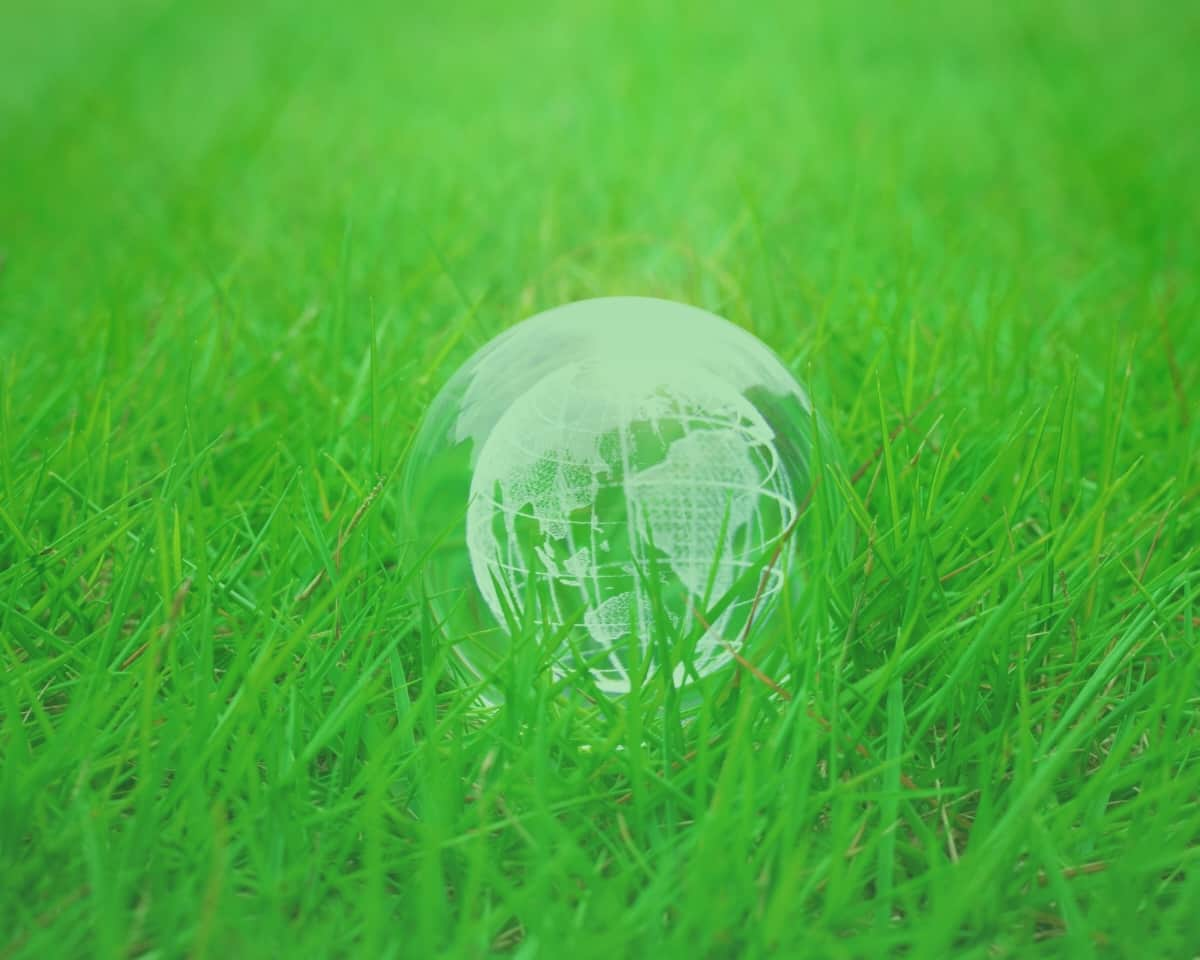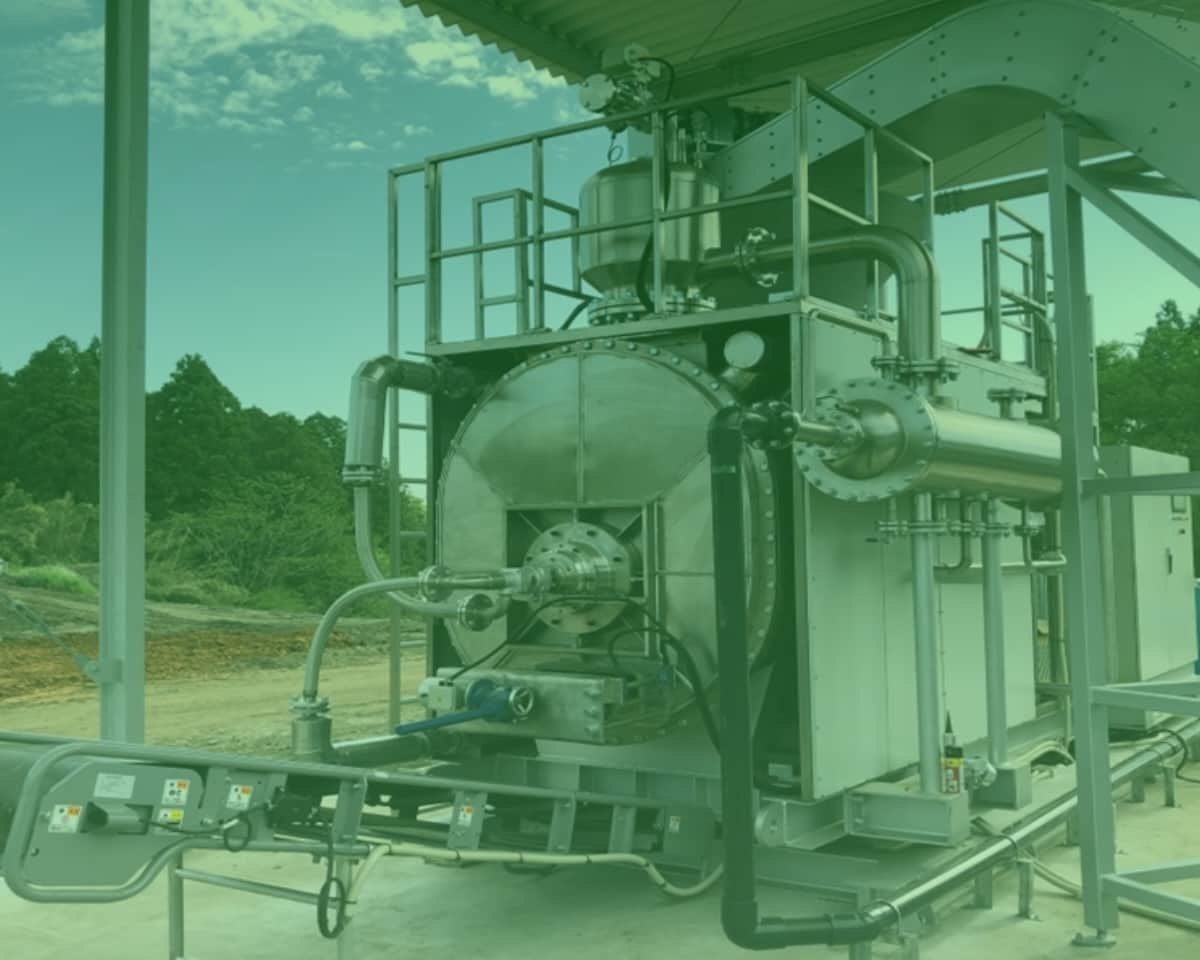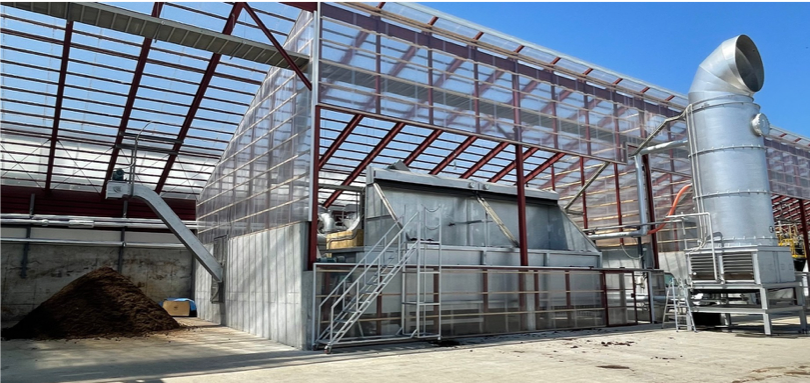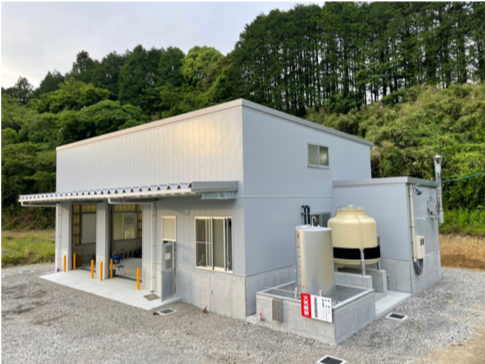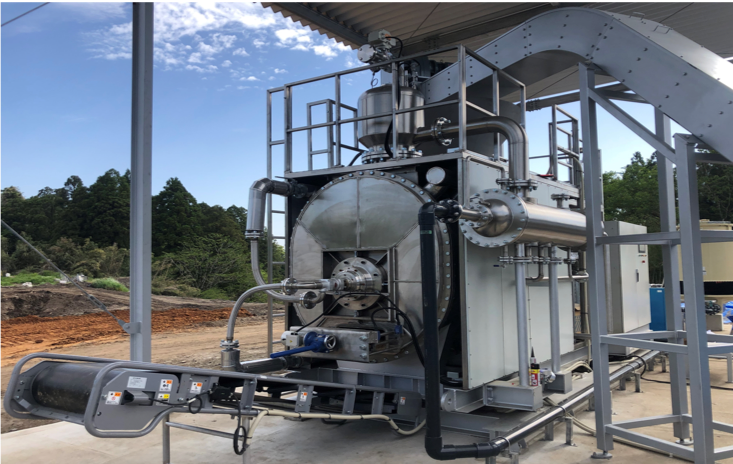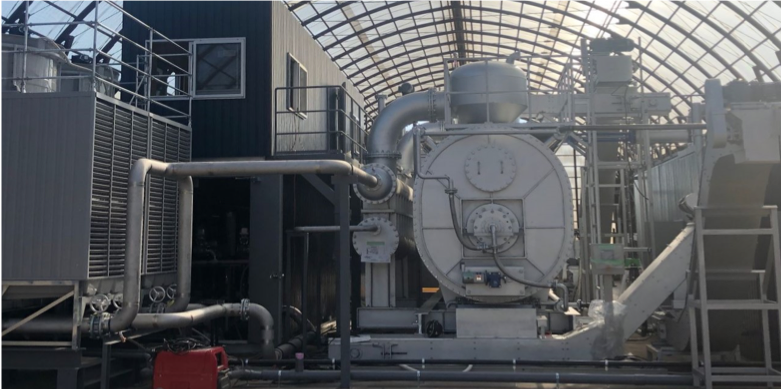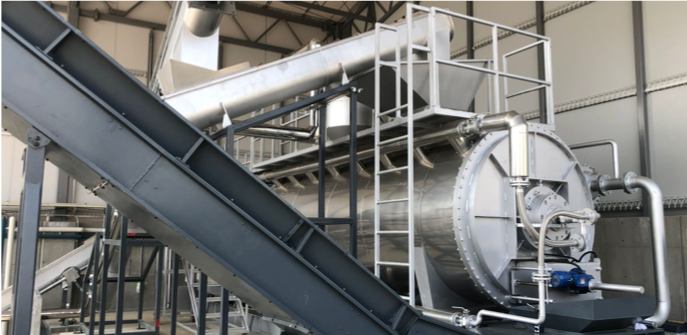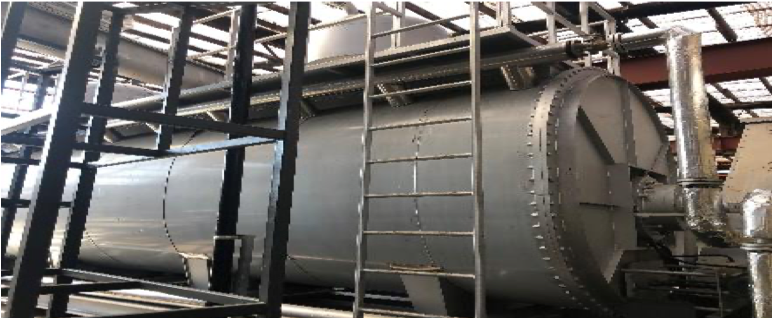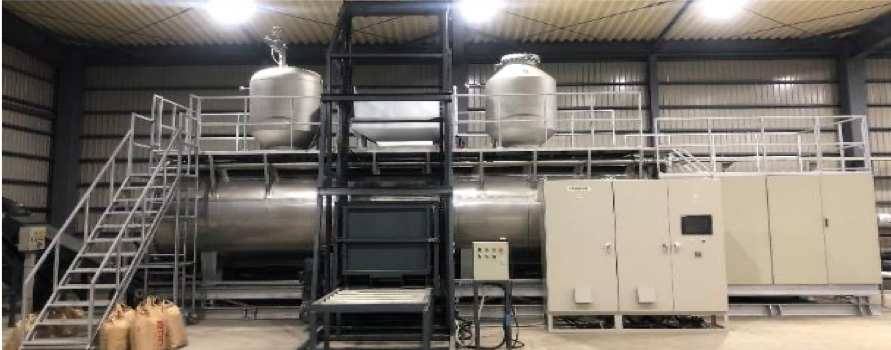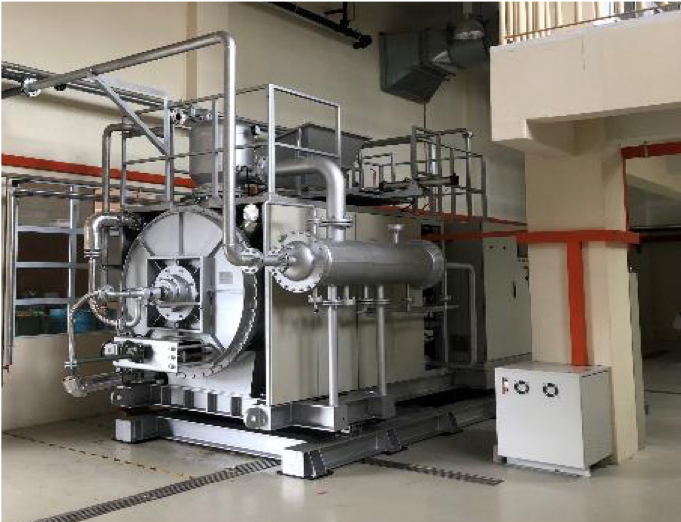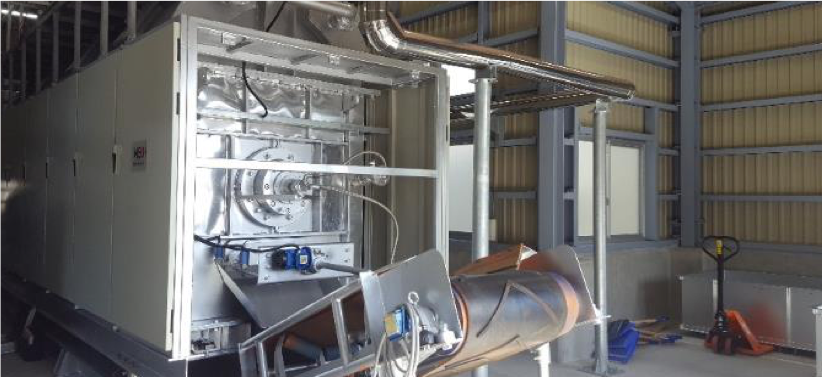Achieve net zero emissions in the society by converting waste into valuables
Every human activity generates some type of waste. ERS is an environmentally friendly recycling system for making a circular society in various countries by converting the wastes into valuable resources.
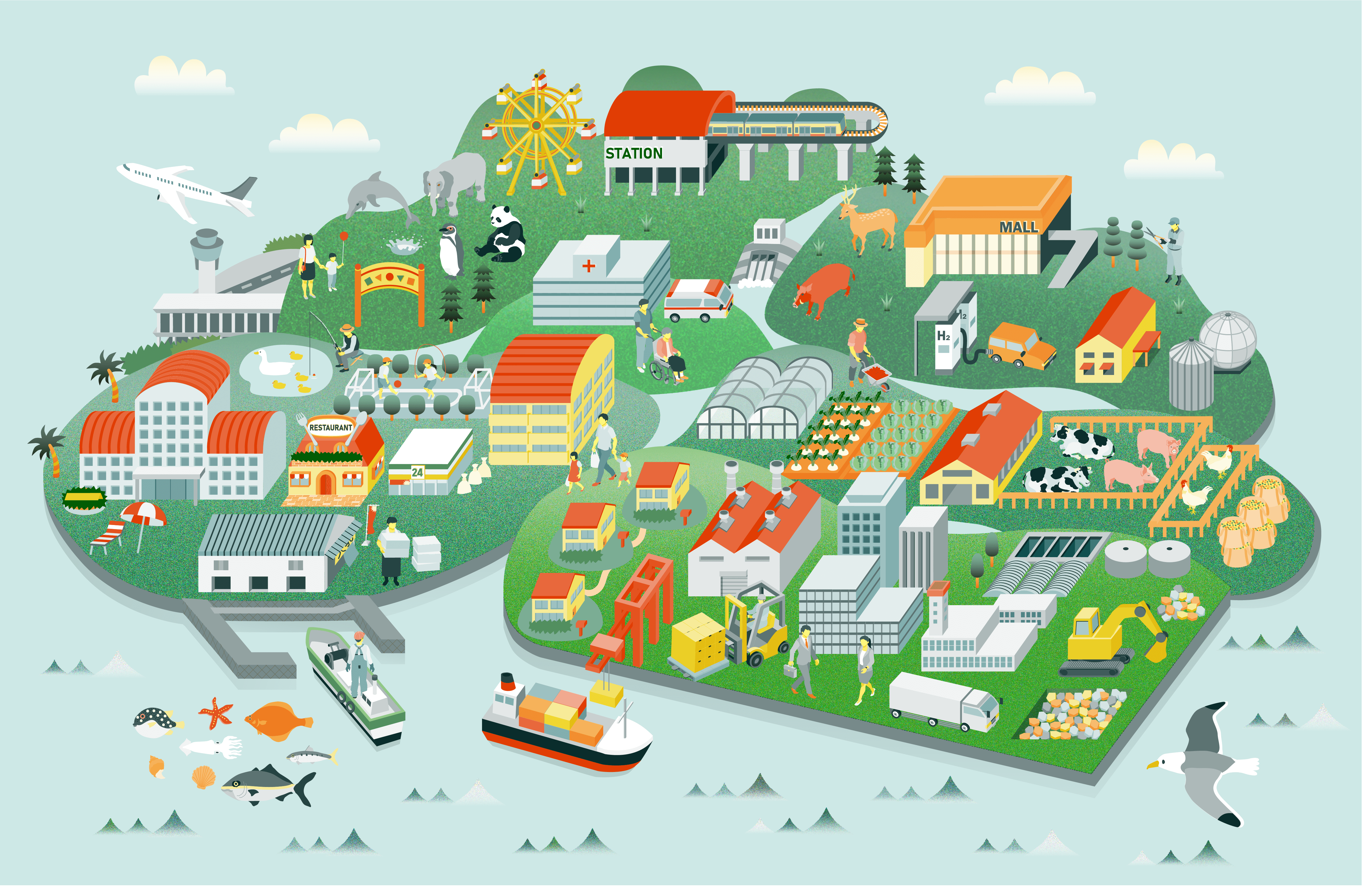
-
 Municipality
Municipality
-
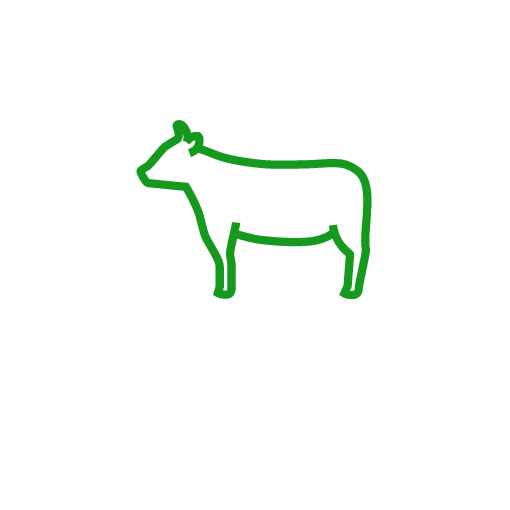 Livestock
Livestock
-
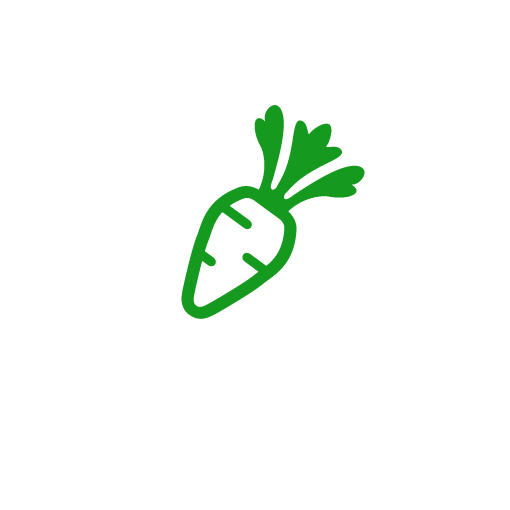 Agriculture
Agriculture
-
 Fishery
Fishery
-
 Hospital
Hospital
-
 School
School
-
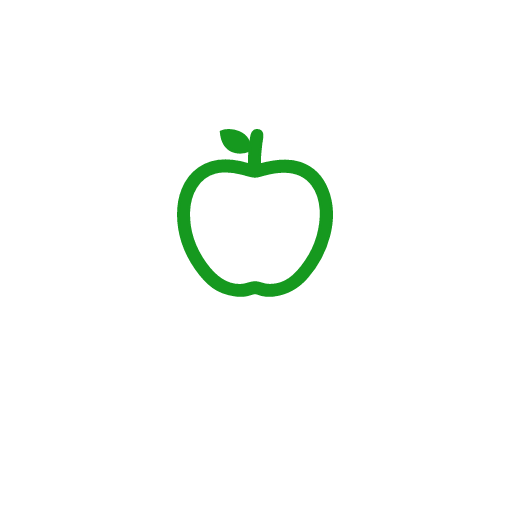 Food processing
Food processing
factory -
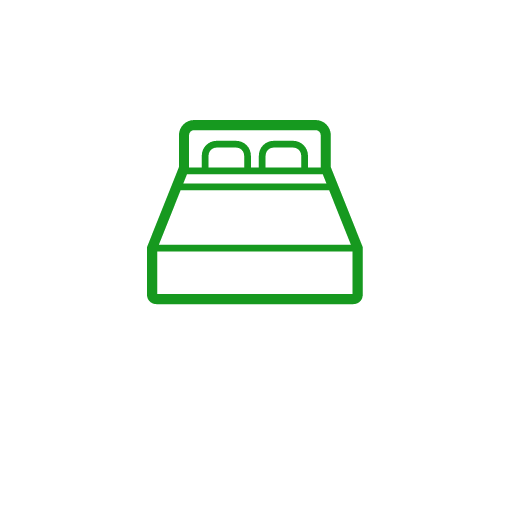 Hotel
Hotel
-
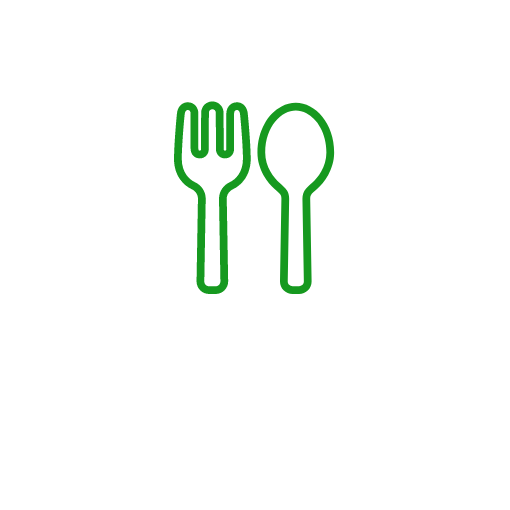 Restaurant
Restaurant
-
 Retail shop
Retail shop
-
 Airport
Airport
-
 Sea port
Sea port
 Overall
Overall
ERS(Environmental Recycling System)
Using indigenious microbes living where ERS is installed, ERS sterilizes, ferments, and dries many different types of waste inluding municial solid waste (MSW), human excreta, sewage sludge, livestock manure, agricultural waste, food residue wihin 24 hours.
These wastes can be converted into well dried and odorless fuel, fertilizer, feed, and livestock litter by the ERS processing.
The processing capacity per unit ranges from 0.5 tons to 50 tons and the unit does not emit drain and odors throughout the process.
ERS greatly contributes to the society aiming at net zero emissions by recycling and waste-to-energy.

 ERS system structure and features
ERS system structure and features
-
High speed fermentation and drying process
Internal pressure of the ERS main body is mechanically reduced to get the boiling temperature down to 50 to 70 ℃. It helps the patented microbes inside ERS to quickly ferment and dry the input waste even with a high water content.
-
No drain and odor emissions
Drain facilities are no need as moisture from waste is collected and evaporated by microbial deodorization cooling device in ERS system. Ammonical odor from waste is decomposed by specific microbes functioning inside the ERS device in a vacuum environment.
-
Advancing waste recycling
ERS system converts various kinds of waste into high-quality valuable outputs with uniformly controlled degree of fermentation and moisture content. The outputs can be used as fuel, compost, fertilizer, feed, and livestock litter.












